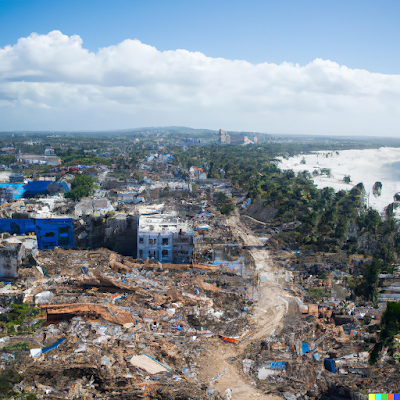Culture of a thousand hills under one zigzagging roof

At 135 km from Kigali, in the cultural town of Butare, lays one of the man-made wonders of this country I live in –the National Museum of Rwanda. The facility, open to the public on September 18, 1989, was a pale contribution by Belgium after their hassle in the country. Nevertheless, it stands as (and is said to be) the best museum in East Africa.
Placed within 20 hectares of gardens, the main facility footprint is less than 2% –2,500 square meters. Its design is made on an Africanized modern style, with a concept realized in cooperation with the Royal Museum for Central Africa of Tervuren, in Belgium*.
The concept seems to evoke the thousand hills in its very roof, as its zigzagging transmits the never-ending experience of Rwanda’s landscape. Internally, the roof and its superposition over the walls explicitly open the facility to the sunlight. While complementary lightning is done with low-consumption lights, the museum benefit from the average, sunny weather conditions of the country.
While the exhibition is done in a simple, ordered display, the interior courtyards keep the link with the nature. Big corridors let one wonder freely, as the ethnographic showing brings us closer to the traditional life and culture of Rwanda, and the contact with the first Europeans.
It is, despite its limited content, key for the safeguard of national Rwandan patrimony.
I was particularly curious about the collection of poetry and narrative offered at the gift shop – perhaps the best items available.
--
* The Royal Museum for Central Africa of Teryuren features an impressive number of “heritage” obscurely imported from DR Congo, Rwanda and Burundi.







Comentarios